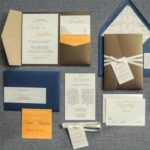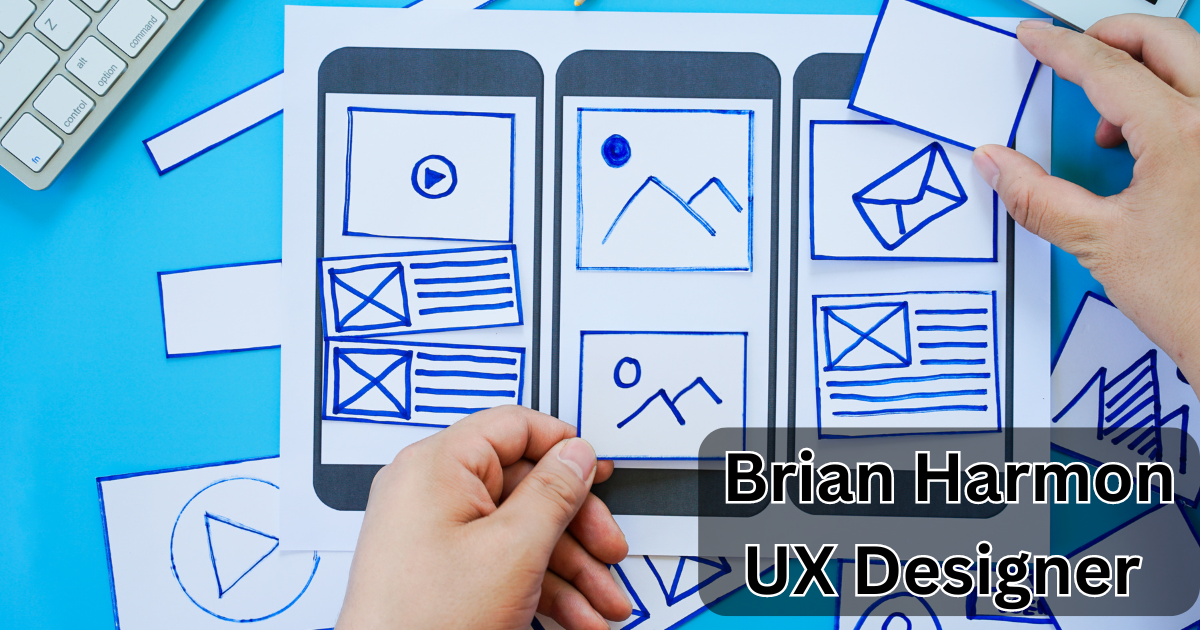Brian Harmon UX Designer has built a stellar reputation as one of the most influential UX designers in the industry today. Known for his user-centered approach and innovative designs, Brian Harmon UX Designer’s career reflects an impressive balance of creativity, technical expertise, and a deep understanding of human behavior. This article delves into Brian Harmon’s career, philosophy, and the defining aspects of his approach to UX design, shedding light on what makes him a standout in the field.
The Evolution of Brian Harmon’s UX Design Career
Brian Harmon’s career in UX design has been marked by continuous growth and adaptation. Starting out in graphic design, he transitioned to UX at a time when the digital landscape was rapidly evolving. Over the years, Harmon has refined his skills, embracing new tools and methodologies that have propelled him to the forefront of user experience design. His career is a testament to his ability to adapt and innovate in a fast-changing industry.
What Makes Brian Harmon a Standout UX Designer?
What sets Brian Harmon apart is his innate ability to understand users’ needs and craft solutions that address them intuitively. His designs focus on delivering seamless user experiences that blend functionality and aesthetics. Harmon’s dedication to empathy-driven design ensures that the user is always at the heart of his process, which has earned him recognition and respect from both peers and clients.
Brian Harmon’s UX Design Philosophy
At the core of Brian Harmon’s UX design philosophy is the belief that design should be human-centered. He emphasizes the importance of creating products that not only meet business goals but also resonate deeply with users. Harmon advocates for a holistic approach, where empathy, simplicity, and functionality coexist, ensuring that each design decision serves a purpose and enhances the overall experience.
Projects that Define Brian Harmon’s UX Design Expertise
Brian Harmon has led numerous successful UX design projects across various industries. One of his most notable projects involved redesigning the user interface for a leading e-commerce platform, resulting in a 30% increase in user engagement. Another defining project was his work on a mobile app for a healthcare company, which significantly improved the user experience for both patients and medical professionals, showcasing his versatility as a designer.
Brian Harmon’s Approach to User Research
User research is a critical element of Brian Harmon’s design process. He employs a variety of qualitative and quantitative methods to gather insights into user behavior and preferences. From conducting in-depth interviews to analyzing data from user testing, Harmon ensures that every design decision is backed by research. This approach helps him create solutions that are not only visually appealing but also highly functional.
Wireframing and Prototyping: Key Elements in Brian Harmon’s Process
Wireframing and prototyping play crucial roles in Brian Harmon’s design workflow. He begins by sketching out wireframes that outline the basic structure of the user interface. These wireframes are then transformed into interactive prototypes, which allow him to test ideas and refine the design before development. This iterative process enables him to identify and address potential issues early, ensuring a smoother transition from concept to execution.
Brian Harmon’s Mastery in Interaction Design
Interaction design is a key area of expertise for Brian Harmon, a renowned UX designer. Brian Harmon UX Designer focuses on creating intuitive, responsive interactions that enhance the user experience. His designs often include subtle yet impactful animations, transitions, and feedback mechanisms that guide users effortlessly through an interface. This attention to detail helps create a seamless and enjoyable experience, contributing to the overall success of the product.
Brian Harmon and Usability Testing: How He Ensures Success
Usability testing is another vital component of Brian Harmon’s UX design process. He believes that no design is complete without testing it with real users. By conducting usability tests, Harmon is able to identify pain points and areas for improvement. His approach to testing is methodical, using tools like A/B testing and heat maps to gather data that informs future design iterations.
UX Design Tools Preferred by Brian Harmon
Brian Harmon is proficient in using a variety of UX design tools that streamline his workflow. Tools like Figma, Sketch, and Adobe XD are integral to his design process, allowing him to create wireframes, prototypes, and high-fidelity designs efficiently. He also uses tools like InVision and Marvel for collaboration and prototyping, ensuring that his designs are not only visually compelling but also practical for developers to implement.
Brian Harmon’s Focus on Accessibility in UX Design
Accessibility is a cornerstone of Brian Harmon’s design philosophy. He believes that digital products should be usable by everyone, regardless of their abilities. Harmon incorporates accessibility features such as screen reader compatibility, high-contrast designs, and keyboard navigation into his projects. By prioritizing inclusivity, he ensures that his designs cater to a diverse range of users.
Also Read: Dinner Suit vs Business Suit
Collaborative Design: Brian Harmon’s Teamwork Approach
Collaboration is key to Brian Harmon’s success as a UX designer. He works closely with developers, product managers, and other stakeholders to ensure that the final product aligns with the project’s goals. Harmon values open communication and feedback, fostering a collaborative environment where ideas can be shared and refined, leading to better outcomes for both the user and the business.
Brian Harmon’s UX Design Process: From Concept to Execution
Brian Harmon follows a structured yet flexible design process that allows for creativity and iteration. It begins with user research and ideation, followed by wireframing, prototyping, and usability testing. He continually refines his designs based on feedback and data, ensuring that the final product is both functional and aesthetically pleasing. This iterative process allows him to adapt to changes and improvements throughout the project lifecycle.
Design Systems and Consistency: How Brian Harmon Creates Cohesive Experiences
Consistency is a crucial element in Brian Harmon’s designs. He often implements design systems that standardize elements like typography, color schemes, and components across different platforms. This not only creates a cohesive experience for users but also simplifies the development process, making it easier for teams to build and scale digital products.
Brian Harmon’s Contributions to UX Thought Leadership
Beyond his design work, Brian Harmon is a recognized thought leader in the UX community. He regularly contributes to UX design blogs and has spoken at several industry conferences, sharing his insights on design trends, best practices, and the future of user experience. His thought leadership has made him a respected voice in the field, helping to shape the direction of UX design.
Brian Harmon’s Focus on Emotional Design
Emotional design is a central theme in Brian Harmon’s work. He believes that great design should not only be functional but also evoke positive emotions. By understanding the emotional needs of users, Harmon crafts experiences that are not only useful but also delightful. This focus on emotional design helps create deeper connections between users and the products they interact with.
Brian Harmon’s Role in Mentoring and Training Future UX Designers
Brian Harmon UX Designer is passionate about mentoring the next generation of UX designers. He regularly hosts workshops and webinars, where he shares his knowledge and experience with aspiring designers. Through mentorship, Brian Harmon UX Designer helps young professionals develop their skills and build a strong foundation in user experience design, contributing to the growth of the industry as a whole.
Challenges Brian Harmon Has Overcome in UX Design
Like any professional, Brian Harmon has faced challenges throughout his career. Whether it’s balancing the needs of the user with business goals or dealing with tight deadlines, he has consistently found creative solutions to overcome obstacles. His ability to navigate these challenges with a calm, solution-oriented mindset is one of the reasons for his ongoing success.
The Future of UX Design According to Brian Harmon
Brian Harmon believes that the future of UX design lies in emerging technologies like AI, AR, and VR. He envisions a world where digital experiences are more immersive and personalized, with UX designers playing a crucial role in shaping how people interact with these new technologies. Harmon is excited about the possibilities and is always looking for ways to incorporate these innovations into his work.
Conclusion
Brian Harmon’s unique blend of creativity, technical expertise, and user empathy makes him a leading force in the UX design world. As a prominent Brian Harmon UX Designer, his human-centered approach, combined with his ability to innovate and adapt, ensures that he will continue to shape the future of user experience design for years to come. With a commitment to accessibility, collaboration, and emotional design, Brian Harmon is not only a skilled UX designer but also an influential figure in the field.











